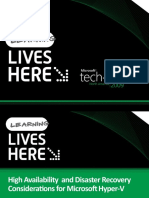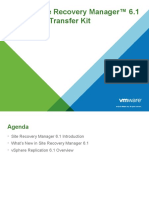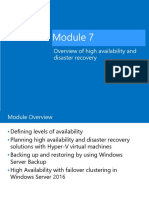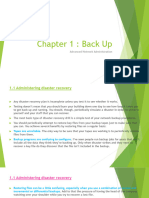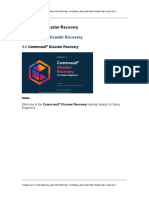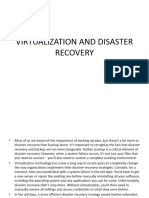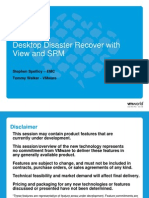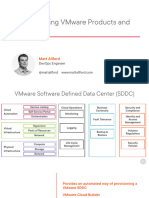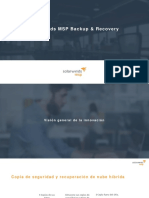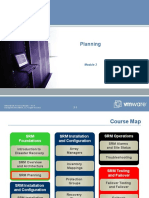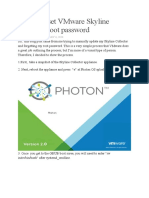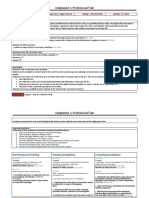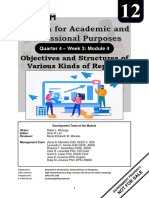0% found this document useful (0 votes)
20 views26 pagesUsing Live Sync To Support Disaster Recovery
The document outlines the use of Live Sync for disaster recovery of VMware virtual machines, detailing its architecture, configuration, and operational requirements. It emphasizes the importance of backup data in creating and maintaining warm disaster recovery sites, and discusses various deployment strategies including local and remote sites. Additionally, it covers validation, monitoring, and comparisons with other replication technologies to ensure efficient recovery of critical applications.
Uploaded by
JinuCopyright
© © All Rights Reserved
We take content rights seriously. If you suspect this is your content, claim it here.
Available Formats
Download as PDF, TXT or read online on Scribd
0% found this document useful (0 votes)
20 views26 pagesUsing Live Sync To Support Disaster Recovery
The document outlines the use of Live Sync for disaster recovery of VMware virtual machines, detailing its architecture, configuration, and operational requirements. It emphasizes the importance of backup data in creating and maintaining warm disaster recovery sites, and discusses various deployment strategies including local and remote sites. Additionally, it covers validation, monitoring, and comparisons with other replication technologies to ensure efficient recovery of critical applications.
Uploaded by
JinuCopyright
© © All Rights Reserved
We take content rights seriously. If you suspect this is your content, claim it here.
Available Formats
Download as PDF, TXT or read online on Scribd
/ 26


